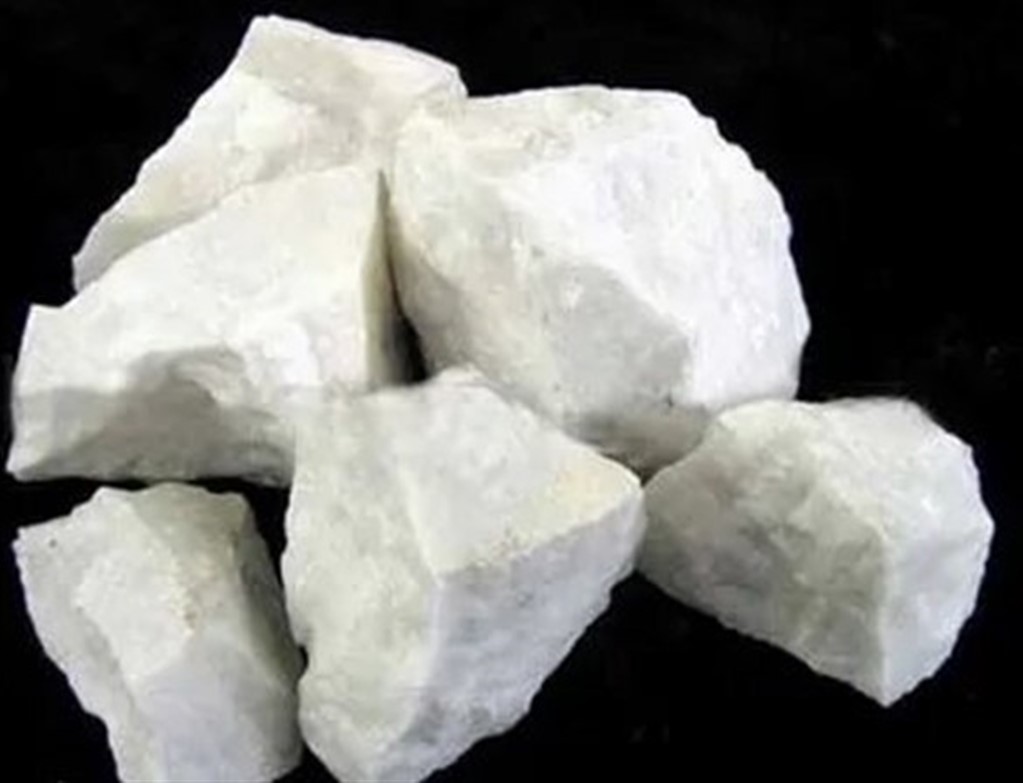Dolomite is one of our major sources of the concrete so essential to modern society’s road and building infrastructure. Crystals of dolomite are common in hydrothermal vein deposits and in sedimentary rocks, where they fill pores in their host rock. It is a sedimentary carbonate rock, which mainly consists of the mineral dolomite also known as dolostone.The dolomite lumps that we provide are of very high magnesium value and very low in iron contents. These dolomite lumps are used in the paint, glass, ceramics frit and detergent industry.
Dolomite is one of the three most abundant carbonate minerals, calcite, and aragonite being the other two. Dolomite differs from calcite and aragonite in its crystal structure. In dolomite crystals, layers of carbonate ions alternate with layers of magnesium and calcium ions, rather than only having layers of calcium ions alternate with carbonate ions as in calcite and aragonite. Moreover, Dolomite lumps are slightly harder, denser and never forms scalenohedrons. The product resulting from this relatively low temperature & calcination is highly porous & re-active and is also known as calcinated dolomite.

Specifications:
| Color | Colorless, white, pinkish, or light tints darker colors even black |
| Luster | Glassy to Pearly |
| Transparency | Crystals Transparent to Translucent |
| Hardness | 3.5 – 4 |
| Specific Gravity | 2.8 |
| Molecular Formula | C2CaMgO6 |
- It is used as Fillers by detergents, steel, paints, and ceramics
- As refractory, ramming, and fettling material in steel Industries
- Dolomite mineral is a double carbonate of calcium and magnesium and it exhibits a granular structure
- It is also in road ballasts, building stones, flooring chips etc
